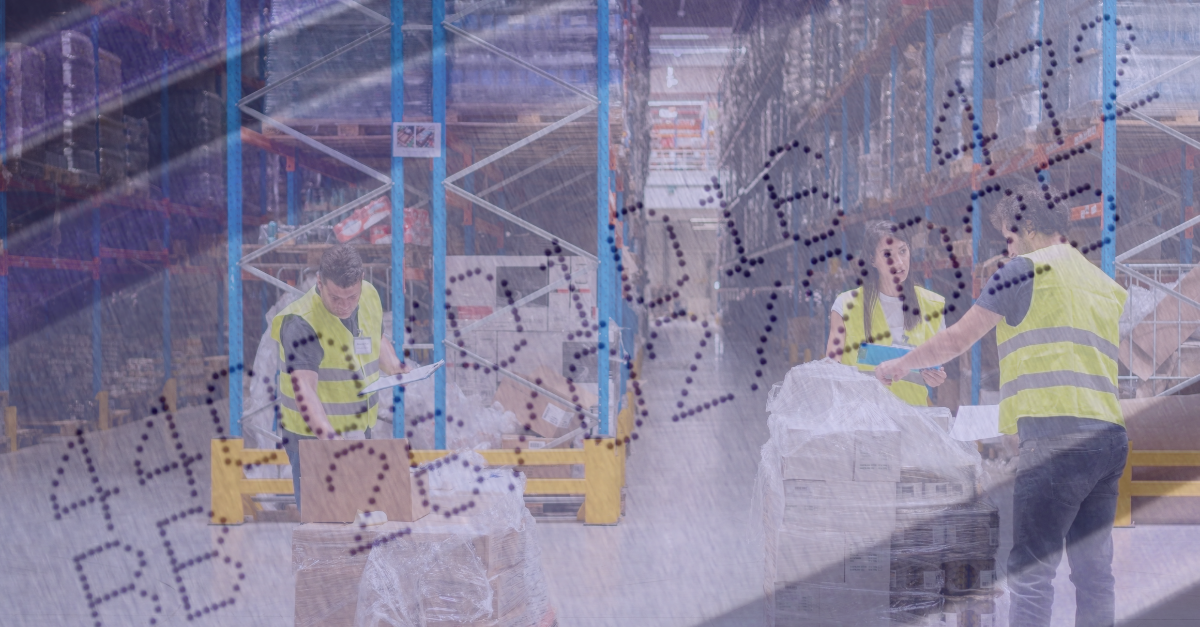A company operating in the BtoB or distribution sector is all the more successful because it has been able to optimize logistics. Indeed, logistical efficiency not only makes it possible to reduce warehousing costs as well as transport costs, but also to improve responsiveness to orders and thus customer satisfaction.
THElogistical efficiency not only reduces warehousing costs and transport costs, but also improves responsiveness to orders and thus customer satisfaction. On the contrary, errors in inventory management can quickly lead to significant financial losses and damage the overall results of the business. Despite the development of accessible and efficient solutions, many companies still continue to make annoying mistakes in stock management. What are the main missteps encountered today in terms of logistics and storage? How do you avoid them?
1. Poor control of your product catalog prohibits good stock management
For a company, what is good management of its product catalog? It is know exactly the condition of existing products, including all the details for each of them : product reference, date of sale, possible date of obsolescence, possible date of obsolescence, sales history, precise status of stock, number of days of average stock (in order to anticipate orders and manufacturing requests), expectation of the sales pace for the coming weeks/months... The product catalog, monitored on a daily basis, makes it possible in particular to focus on products with high turnover, to be ordered in large numbers and/or very frequently and to manage the process correctly production.
An up-to-date product catalog is essential for healthy and serene stock management. When it is lacking or has significant deficiencies, the company runs two possible risks:
- The over-storage : too many products waiting for customers. Having too much stock means that money is stuck in products that haven't yet been sold, limiting a company's financial flexibility. In addition, the warehousing costs increase significantly : a saturated warehouse generates additional costs to keep products in good conditions. Finally, this raises the risk of a product obsolescence. Some items may lose value or become unusable over time, which is a direct loss for the business. As a result, overstocking reduces flexibility, clutters warehouses and generates unnecessary costs.
- La Out of stock : conversely, demand is not sufficiently anticipated. When a product is in Out of stock, the company is not only losing potential sales, but it is also at risk of seeing its customers turn to competitors. It affects the company reputation, especially if breakups are frequent. In addition, a shortage of stock disrupts the entire supply chain. This may involve additional logistical costs associated with emergency imports or the use of more expensive carriers. These contingencies increase the logistical complexity and have a direct impact on business performance.
THEabsence of a digital catalog is often the cause of these problems. Many businesses continue to manage their inventory manually or through spreadsheets that are not well suited to current needs. A digital catalog makes it possible to visualize the status of stocks in real time, to predict future needs, and to ensure that stock levels are optimal for each product.
2. Manual management of stock orders
Nothing can replace humans, that's true. But In many repetitive tasks, humans are fallible and make mistakes, unlike machines. When a company places stock orders manually, by employees, it is exposed to two risks of errors:
- Les input errors, oversights ;
- Of interpretation errors : the operator may lack rationality and place orders that are too large or too small.
These small problems can add up and have a negative impact on the entire supply chain. In addition, manual order management does not allow for a dynamic overview of available stocks. Each order placed manually is a missed opportunity to automate and optimize the replenishment process. An automated management system, like the one offered by Stockoss, eliminates this danger by automatically tracking stock levels and placing orders based on real needs.
3. Faulty tracking of stock movements
You sell or need certain products very often, while others wait longer for customers or for use. The latter, stored for too long, risk becoming obsolete or completely unusable. This is why it is essential to comply with two imperatives:
- Update the inventory very regularly,
- Make decisions about which products are left behind on each inventory : is it useful to keep them? Should they be considered as waste to be recycled, as products to be promoted urgently?
The mistake would indeed be to have an up-to-date inventory and not to use it to sort through your storage spaces, thus recovering space for new products.
Thanks to Stockoss technology, you have access to a real-time inventory monitoring, with continuous updating of goods movements. This real-time visibility allows for informed decisions to be made and inventory management errors to be avoided.
4. Too wide a dispersion of your stocks in many warehouses
Distributing your stocks over numerous sites across the country may seem practical to meet local demands: intuitively, you might think that this saves unnecessary kilometers in transport. In reality, it is by far not the most rational or economical practice.
As much as it is possible to follow an efficient transport policy, by grouping shipments to common destinations, the multiplication of storage points induces several problems:
- He is more economical to reserve a large amount of space in a warehouse than to rent smaller areas at several sites;
- The multiplication of storage sites leads to additional complexity for inventory management. This can lead to errors and oversights in the management of goods flows;
- This way of proceeding also requires umuch more complicated transport logistics, which often makes it impossible, within a given period of time, to use grouped shipments. It then becomes a contradiction from an economic point of view, but also from an environmental point of view.
It is therefore much safer to centralize stocks in a limited number of warehouses: their visibility is greatly simplified at a much lower cost. At Stockoss we offer you a network of large warehouses and managing your stocks via a single platform.
5. Good stock management does not support emptiness!
One of the aspects that is often overlooked in inventory management is optimizing space. Indeed, many businesses have too much storage space, which leads to significant costs to store... emptiness! If this is your case, it is essential to review your procedures.
Effective management of storage spaces can greatly improve the efficiency of logistics operations. There are storage techniques that allow it to be customized according to the specific needs of a business. They allow the provision of space adapted to your needs, which takes into account storage and destocking peaks. It is a variable space that you will have access to, without losing any cubic meters.
Stockoss offers solutions to optimize your storage spaces while ensuring that each product is stored in the best conditions.
6. Too many tools are killing efficient inventory management
Too many businesses still use different software for each of their logistics tasks. : one for storage, one for transport, another for handling. Result: this fragmentation of systems makes the overall management of logistics operations particularly complex, and all the more likely to encounter errors as the risks of incompatibility between the various tools are significant. This complicates data collection. But above all, it is often a sign of poor communication in the company, with each logistics sub-service remaining, because of its tools, locked in its only professional concerns. La Responsiveness is affected, especially during emergency situations that occur quite often in logistics.
En centralizing all operations in a single tool, like the one offered by Stockoss, you get a complete overview of your stocks and logistics flows. This approach makes it possible to synchronize processes, reduce errors, and optimize costs.
Opt for a simple and fluid inventory management solution
In summary, if your business is experiencing logistical problems due to any of these “mistakes,” be happy: you will be able to save money while improving customer satisfaction !
The use of conventional storage warehouses probably leads you to manage your inventories on spreadsheets, to place your orders by emails or specialized software. To check your inventory, you need to travel. As for flow monitoring, it is done manually, without the possibility of optimizing routes in slightly complicated situations. This operation, even if you think it is tried and tested, is not optimal or economical.
Stockoss offers you take charge of your logistics and to offer him all the advantages of 2.0 technologies. Our lInventory and flow management software (or OMS for Order Management System) is a platform that covers all logistics operations, from ordering to delivery, including storage. With this solution, you will be able to benefit from:
- Of a dynamic inventory management ;
- Of a visibility of your stocks in real time : with each movement, you know the remaining stocks in each of the warehouses concerned;
- Of the possibility of Place your orders and orders in a few clicks ;
- Of a flow monitoring live;
- Of a immediate reactivity in case of emergency...
- In addition, all the data collected during each operation allows you to carry out in-depth analyses and optimize your logistics processes.
We have a vast network of warehouses and partner carriers, which guarantee you optimum service throughout the country. Contact us to test the solution.
.png)
His challenge was to manage chronic stockouts, compounded by unpredictable events such as roadblocks, which endangered their ability to meet the expectations of their business customers. Find out how Stockoss was able to help them.





